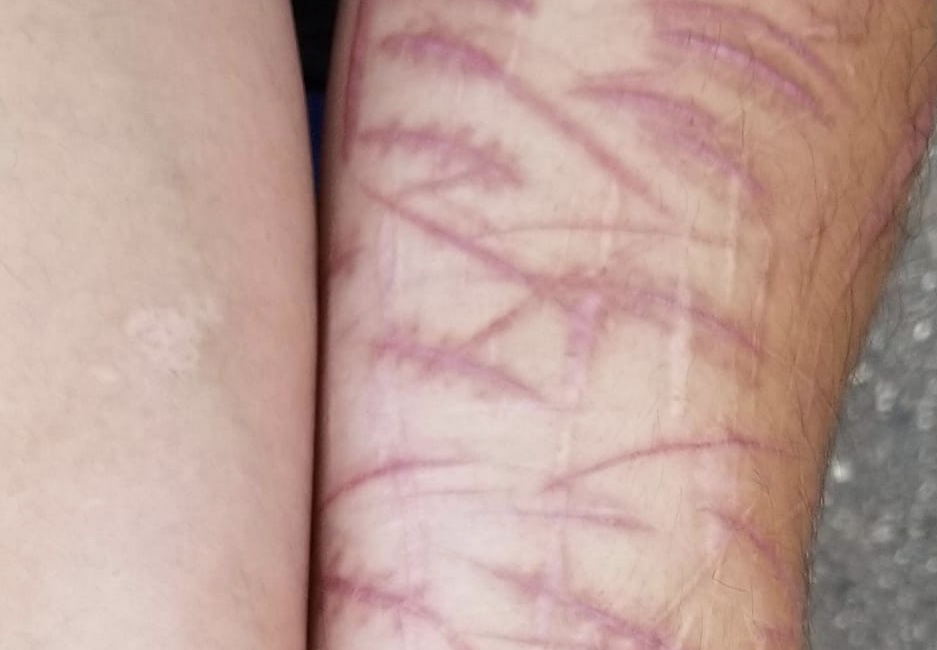Teens and Self-Harm

What you need to know about teens and self-harm. A major concern today with school counselors asking a lot of questions as their middle school and high school students are coming to them asking for help.
Parents and Teen Mental Health
Youth Mental Health and Teen Motivational Speaker Jeff Yalden shares a message for parents about teen mental health and social pressures teens face today.
3 Tips to Improve Teens Self-Esteem
Mental Health High School Motivational Speaker, Jeff Yalden talks self-esteem for teens.
Teen Suicide Prevention & Suicide Assessments by Unqualified Mental Health Professionals
Why You’re More Qualified in Suicide Prevention Than Most Mental Health Professionals Yes, you just read that correctly. I’m Jeff Yalden and I’ve been working in Teen Suicide Prevention and Suicide Prevention – Teen Mental Health for nearly 30 years. You’re about to read the lack of suicide prevention training our mental health professionals receive […]
Inspiring Conversations: Ep.1 – Bobby Petrocelli
Today’s inspiring conversation is with Bobby Petrocelli the author of YOU MATTER . . . IT DOESN’T.
CORONAVIRUS: Managing Stress and Anxiety
In the above VIDEO, renowned mental health speaker and Amazon bestselling author Jeff Yalden lays out some important pointers to keep you present and centered in the midst of the global COVID-19 (Coronavirus) pandemic. How is your heart? Are you feeling OK in this time of uncertainty? How are you doing with your emotions and […]
THEORY ON TEEN SUICIDE
In The Trenches of Teen Mental Health Teen suicide is at epidemic proportions. I’ve been working in the trenches of teen mental health for three decades. With all my education, training and experience, I have never come across anything that benefited his work than a theory developed by Dr. Thomas Joiner, a professor at Florida […]
INSIDE THE TEEN MIND
Teens think differently than adults, plain and simple. And there’s more to it than the fact that maturity, life experience and wisdom serve as filters through which adults process their thoughts… The brain develops from the back to the front, starting with the cerebellum, amygdala and the nucleus accumbens. You might be thinking: “Did Jeff […]
SCREEN TIME AND MENTAL HEALTH
Too much screen time can hurt your child’s mental health. It’s not unusual to see little kids with smartphones or tablets. If you went to the grocery store right now, you might see a toddler sitting in a shopping cart, scrolling through an iPhone while a parent is busy shopping. It’s the new normal. As […]
One Community’s Cyber Attack on Jeff Yalden’s Reputation
Hello, my friends. Jeff Yalden here. I’ve spent nearly four days writing this and it continues to rip my heart out reliving the situation from this one community. It’s been weighing heavily on my heart, and I appreciate the opportunity to share my thoughts and feelings in this forum. It’s my hope to alleviate […]

